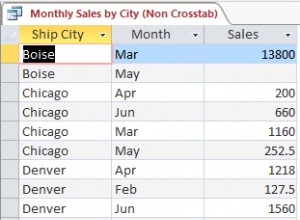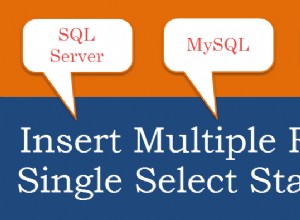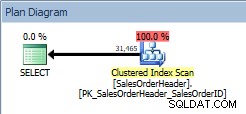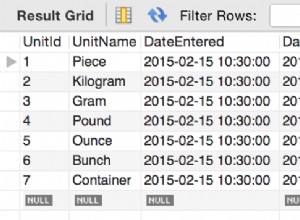Von Ihrem aktuellen Stand aus können Sie den Pivot einfach mit dem FILTER durchführen Klausel:
SELECT
response,
document,
MAX(bill) FILTER (WHERE label = 'bill') as bill,
MAX(answer) FILTER (WHERE label = 'amount') as amount,
MAX(product) FILTER (WHERE label = 'product') as product,
MAX(answer) FILTER (WHERE label = 'price') as price
FROM t
GROUP BY response, document
Ich bin mir nicht ganz sicher, wie Ihre ursprüngliche Tabelle aussieht. Wenn es eher so ist:
response | document | label | value
-------: | -------: | :------ | :----
71788176 | 79907201 | bill | 26899
71788176 | 79907201 | amount | 1
71788176 | 79907201 | product | shoes
71788176 | 79907201 | price | 25.99
Dann können Sie die Abfrage wie folgt ändern:
SELECT
response,
document,
MAX(value) FILTER (WHERE label = 'bill') as bill,
MAX(value) FILTER (WHERE label = 'amount') as amount,
MAX(value) FILTER (WHERE label = 'product') as product,
MAX(value) FILTER (WHERE label = 'price') as price
FROM t
GROUP BY response, document
Bearbeiten :TO fügte den JSON-Wert zur Produktspalte hinzu:
Variante 1:Sie könnten einfach den Typ json umwandeln Geben Sie text ein :
MAX(product::text) FILTER (WHERE label = 'product') as product,
Variante 2:Sie lesen den Wert aus dem "name" Attribut:
MAX(product ->> 'name') FILTER (WHERE label = 'product') as product,




